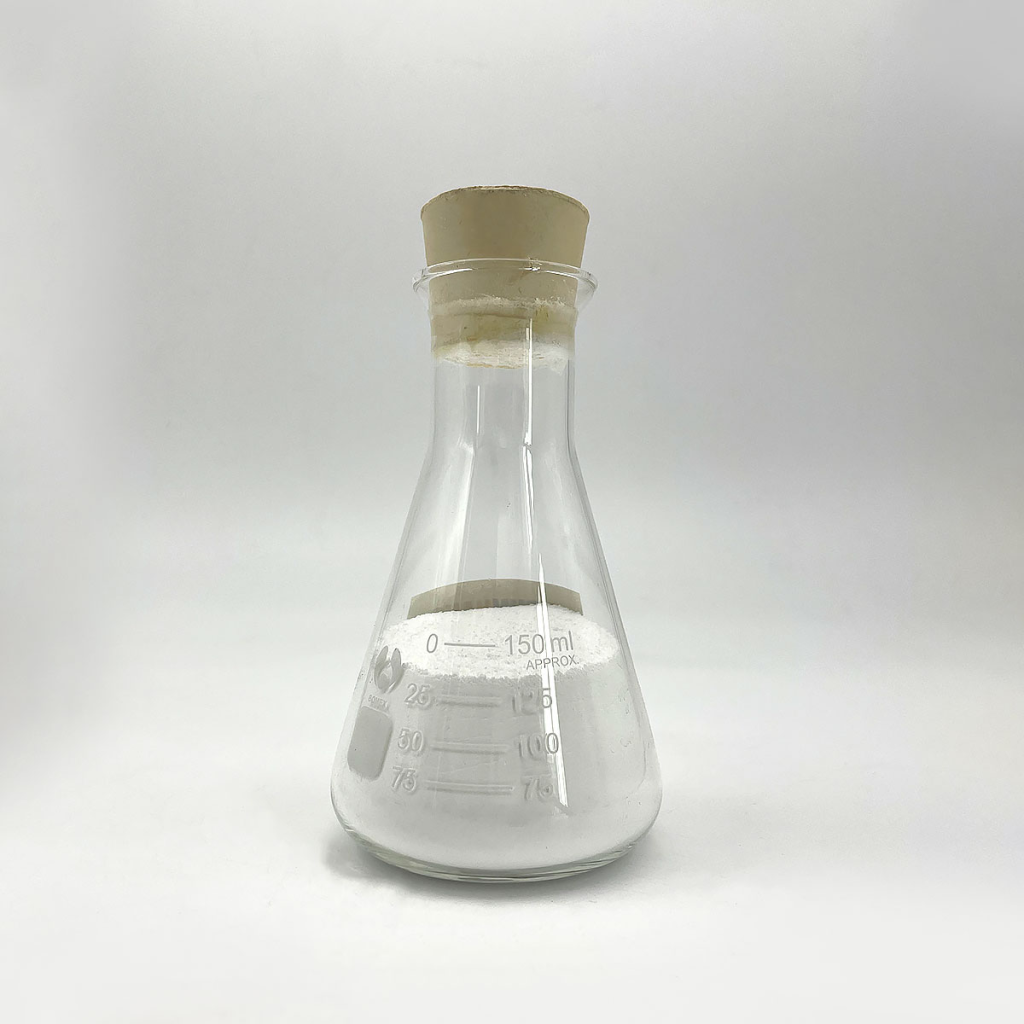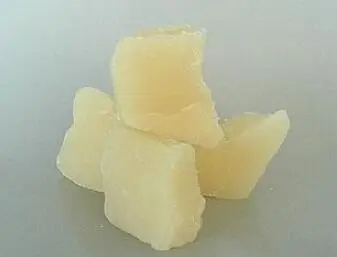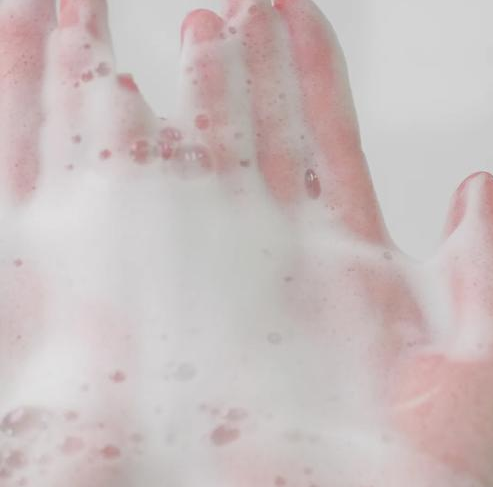In the advancing landscape of chemical advancement, the pursuit of lasting and eco-conscious options has actually come to be vital. Among the myriad of innovations, nonionic surfactants have emerged as a compelling alternative to conventional ionic surfactants. But can they genuinely replace their ionic equivalents and control the market as the go-to option for an environmentally friendly cleaner? This short article delves into the chemical framework, homes, advantages, limitations, and applications of both material material nonionic surfactants and material material ionic surfactants, while attending to the transformative possibility of nonionic surfactants in reshaping the future of green chemistry.

1. The Chemical Framework of Nonionic Surfactants
1.1 What Are Nonionic Surfactants?
Nonionic surfactants are a class of surface-active agents that do not ionize in water. Unlike their ionic equivalents, they do not have charged functional teams (e.g., carboxylates, sulfonates) and rather rely on hydrophilic head groups such as polyethylene oxide (PEO), glycosides, or esters to connect with water. Their special molecular style allows them to stay secure in a wide variety of pH conditions, making them extremely functional for varied applications.
1.2 What Is the Chemical Framework of Nonionic Surfactants?
The core framework of nonionic surfactants includes a hydrophobic tail (usually a long-chain alkyl team) and a hydrophilic head (commonly a polyether chain, sugar moiety, or ester group). For instance, ethoxylated alcohols (e.g., AEOs) feature a hydrophobic carbon chain connected to a polyethylene glycol chain, while sugar-based surfactants like alkyl polyglucosides (APGs) utilize sugar systems as the hydrophilic element. This dual nature enables nonionic surfactants to lower surface area tension and form micelles, helping with emulsification, solubilization, and frothing without depending on ionic interactions.
2. The Chemical Framework of Ionic Surfactants
2.1 What Are Ionic Surfactants?
Ionic surfactants are surface-active representatives that dissociate into ions when dissolved in water. They are generally categorized into material material anionic material material (negatively charged) and material material cationic material material (positively charged) kinds. Anionic surfactants, such as sodium lauryl sulfate (SLS), are widely used in cleaning agents for their solid cleaning power, while cationic surfactants, like quaternary ammonium substances, are common in disinfectants and fabric softeners.

2.2 What Is the Chemical Framework of Ionic Surfactants?
The framework of ionic surfactants includes a hydrophobic tail (usually an alkyl chain) and a hydrophilic head with a charged group. As an example, SLS has a hydrophobic dodecyl chain and a negatively charged sulfate group (SO ₄ ⁻). Cationic surfactants, such as benzalkonium chloride, include a positively charged nitrogen atom (e.g., N ⁺) stabilized by a counterion like chloride. This ionic nature enables them to engage highly with charged surface areas and pollutants, yet it likewise makes them conscious solidity ions (e.g., Ca TWO ⁺, Mg² ⁺ )in water, resulting in reduced efficiency in difficult water conditions.
3. Core Feature of NonIonic and Ionic Surfactants
3.1 Physical Residences: A Comparative Evaluation
Nonionic surfactants display remarkable material thermal stability and solubility across a wide pH variety, making them ideal for high-temperature applications and severe atmospheres. Their low tendency to adsorb onto charged surfaces makes certain constant efficiency in complicated mixtures. On the other hand, ionic surfactants typically deal with challenges in hard water due to precipitation with metal ions, which restricts their efficiency in industrial setups.
Chemically, nonionic surfactants demonstrate exceptional material material compatibility material material with various other ingredients, such as enzymes and scents, without creating destabilization. Their material allow vital micelle focus (CMC) material allows for efficient usage at a lower focus, minimizing total prices. Ionic surfactants, while effective in emulsification and foaming, call for a cautious solution to avoid compatibility issues and pH level sensitivity.
3.2 Chemical Residences: Security and Sensitivity
The nonionic structure inherently stands up to hydrolysis and oxidation, ensuring longer shelf life and decreased deterioration under direct UV exposure. This security is especially helpful in solutions needing prolonged storage space or exposure to sunshine. Ionic surfactants, on the other hand, are extra susceptible to destruction in acidic or alkaline problems, which can jeopardize product integrity over time.
| Property | Description / Value | Notes / Source |
| Appearance | Clear to slightly hazy liquid, often colorless or light yellow | Common for nonionic surfactants like AEOs, APGs, and polyether-based compounds |
| Color | Colorless to pale yellow | Varies depending on chemical structure and impurities |
| Odor | Mild or neutral | No strong characteristic odor due to non-ionic nature |
| Density | 0.9–1.2 g/cm³ (at 25°C) | Depends on hydrophobic/hydrophilic balance (e.g., APGs: ~1.0–1.1 g/cm³) |
| Boiling Point | >100°C (varies with molecular weight and structure) | Non-volatile due to high molecular weight and hydrogen bonding |
| Flash Point | >93°C (non-flammable in pure form) | Derived from fluorinated or polyether-based surfactants (e.g., nonionic fluorosurfactants) |
| Solubility | Soluble in water and organic solvents | Hydrophilic-lipophilic balance (HLB) determines solubility in specific solvents |
| Surface Tension | 20–30 mN/m (reduces surface tension of water significantly) | Key for emulsification and wetting properties |
| Cloud Point | 0–40°C (varies with structure) | Temperature at which micelle formation causes turbidity (critical for storage) |
| pH Stability | Stable in pH range 2–12 | Non-ionic nature avoids ionization; ideal for acidic/alkaline environments |
| Viscosity | Low to moderate (10–1000 cP) | Depends on molecular weight and branching (e.g., APGs: ~50–500 cP at 25°C) |
| Thermal Stability | Stable up to 150°C | Resists decomposition under high temperatures |
| Storage Stability | Shelf life >2 years (unopened, at 25°C) | Resistant to hydrolysis and oxidation |
| Biodegradability | High (>80% in 28 days) | Many are derived from renewable sources (e.g., APGs from glucose) |
| Freezing Point | -10°C to 5°C | Some products may solidify at low temperatures (e.g., high molecular weight APGs) |
| Electrical Conductivity | Low (<1 μS/cm) | Non-ionic surfactants do not dissociate into ions |
Additionally, nonionic surfactants exhibit material mildness on skin and mucous membranes, making them preferred in individual care products. Their minimized irritation perspective aligns with the expanding demand for hypoallergenic and sensitive skin friendly formulations.
4. Advantages and Limitations of Nonionic and Ionic Surfactants
4.1 Advantages: Pioneering Efficiency and Sustainability
Nonionic surfactants radiate in material material environmental sustainability. Several are originated from renewable energies (e.g., plant-based APGs) and biodegrade quickly, reducing environmental impact. Their material’s toxicity and high biocompatibility make them secure for use in food-grade and pharmaceutical applications. Furthermore, their capacity to work properly in tough water reduces the requirement for water softeners, conserving resources.
Ionic surfactants, in spite of their environmental drawbacks, use unparalleled material material cleaning power in high-foam applications. Anionic surfactants like SLS are essential in removing hefty grease and oil, while cationic surfactants offer antimicrobial advantages in antibacterials. Their cost-effectiveness in large-scale manufacturing remains a key benefit in budget-conscious markets.
4.2 Limitations: TradeOffs in Efficiency and Expense
Nonionic surfactants are not without difficulties. Their material material higher production cost and lower frothing capacity compared to ionic surfactants can be an obstacle in applications where foam is critical (e.g., shampoo, dishwashing). In addition, some nonionic surfactants exhibit material material cloud point issues, where they speed up at reduced temperature levels, making complex storage and transportation.
Ionic surfactants, while effective, face scrutiny as a result of their material material environmental persistence and potential damage to marine life. The launch of unbiodegradable residues right into rivers positions long-term risks, prompting regulatory stress and consumer demand for greener choices.
5. Secret Distinctions Between Nonionic and Ionic Surfactants
The fundamental difference hinges on their material material ionic behavior material material and, material, and chemical interactions. Nonionic surfactants run through material material hydrogen bonding, and van der Waals forces, enabling them to function in diverse pH and ionic toughness atmospheres. Ionic surfactants, driven by material material electrostatic interactions, are extremely efficient in charged systems; however, vulnerable to disturbance from hardness ions and pH fluctuations.
An additional important distinction is material material application specificity. Nonionic surfactants excel in light, low-foam, and eco-friendly formulas, while ionic surfactants dominate high-performance, high-foam, and disinfectant applications. The selection between the two often hinges on the specific demands of the end-use circumstance.
6. Can Nonionic Surfactants Replace Ionic Products and Become the Mainstream of Environmentally Friendly Cleaning Agents?
The response is an unquestionable material– but with caveats. Nonionic surfactants are without a doubt material material transformative material material in the shift toward sustainable chemistry. Their material biodegradability, low toxicity, and compatibility with sensitive systems position them as the foundation of eco-conscious cleansing services. Advancements in biobased and low-impact formulations (e.g., APGs, silicone-free alternatives) are accelerating their adoption in industries varying from individual care to agriculture.
Nevertheless, the complete replacement of ionic surfactants is neither possible nor desirable. Ionic surfactants remain irreplaceable in niche applications where their unmatched cleansing power and cost efficiency are vital. Instead of a zero-sum competition, the future hinges on material-hybrid formulations that utilize the strengths of both classes. As an example, mixing nonionic surfactants with percentages of ionic agents can enhance performance while maintaining environmental integrity.
7. Applications of Nonionic and Ionic Surfactants
7.1 Nonionic Surfactants: Diverse and Dynamic Makes Use Of
Nonionic surfactants are the backbone of material material ecofriendly cleaning agents, personal treatment products, and food processing. In washing cleaning agents, they improve dirt removal while maintaining textile soft qualities. In agriculture, they act as material adjuvants in chemical formulations, enhancing droplet bond and penetration. Their role in material material pharmaceuticals material material and cosmetics is just as pivotal, using mild yet effective cleansing and emulsification.

7.2 Ionic Surfactants: Powerhouses in Performance-Driven Sectors
Ionic surfactants dominate fields where material material high efficiency cleaning material is critical. Anionic surfactants like SLS are the workhorses of material material industrial degreasers and heavy-duty dishwashing liquids, while cationic surfactants are essential in antistatic agents and material antimicrobial coatings. Their capacity to produce robust foams makes them suitable for material foaming hand soaps and automotive cleaners.
8.Verdict: A Sustainable Future With Harmony
The rise of nonionic surfactants notes a material, pivotal shift towards greener, much safer, and more lasting chemical options. While they can not fully change ionic surfactants in all applications, their material material versatility material material, environmental compatibility, and innovative potential make them the recommended choice for the future. By welcoming a materialistic approach that incorporates the staminas of both surfactant classes, markets can attain a materialmaterialbalance between performance and worldly health.
For services looking to lead in the eco-conscious age, investing in nonionic surfactants is not just a trend– it is a materialmaterialstrategic imperative. The trip toward a cleaner, greener globe starts with informed options, and nonionic surfactants are lighting the way.
Supplier
Surfactant is a trusted global NonIonic Surfactants supplier & manufacturer with over 12 years experience in providing super high-quality surfactant and relative materials. The company export to many countries, such as USA, Canada,Europe,UAE,South Africa, etc. As a leading nanotechnology development manufacturer, surfactanthina dominates the market. Our professional work team provides perfect solutions to help improve the efficiency of various industries, create value, and easily cope with various challenges. If you are looking for NonIonic Surfactants, please send an email to: nanotrun@yahoo.com
Tags: non ionic surfactant,nonionic surfactants,non ionic surfactants


